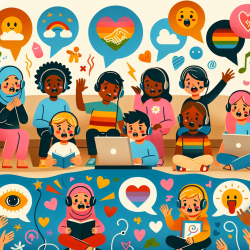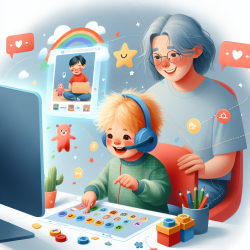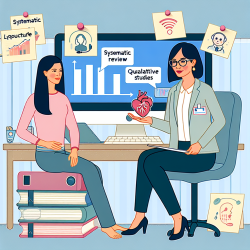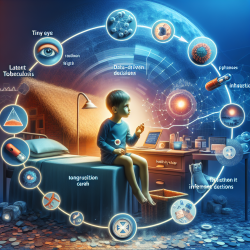In the field of speech-language pathology, understanding how children process words with emotional content can significantly enhance therapeutic outcomes. A recent study titled The Relationship between Emotional Content and Word Processing in Normal Persian Speaking Children offers valuable insights that can be applied to improve our practices.
The study, conducted by Salehi et al. (2018), investigated the relationship between emotional dimensions (arousal and valence) and word processing in Persian-speaking children. The researchers categorized words into five groups based on their emotional content: neutral, happy, calm, anxious, and sad. They then evaluated these words for familiarity, use, comprehension, and emotional content recognition among first-grade children.
Key findings from the study include:
- Neutral words were the most familiar and comprehensible to children, followed by words with high valence (calm and happy).
- Words with low valence (sad and anxious) were less familiar and harder to comprehend.
- There were no significant differences between boys and girls in processing these words.
These results suggest that neutral and high-valence words are more easily processed by children, highlighting the importance of valence over arousal in word processing. For practitioners, this implies that incorporating more neutral and positively valenced words in therapy could enhance language comprehension and expression in children.
To implement these findings in your practice:
- Focus on using neutral and positively valenced words during sessions to build familiarity and comprehension.
- Gradually introduce words with different emotional content to expand the child's emotional vocabulary.
- Monitor the child's response to various emotional words and adjust the therapy accordingly.
Understanding the role of emotional content in word processing can lead to more effective therapy sessions, ultimately improving language development outcomes for children.
To read the original research paper, please follow this link: The Relationship between Emotional Content and Word Processing in Normal Persian Speaking Children.










